Thermal Management of High-Power Density Electric Motors for Electrification of Aviation and Beyond
Abstract
1. Introduction
1.1. Electric Propulsion Motor Architectures
1.2. Heat Generation and Loss Mitigation
1.3. Heat Rejection
2. Established Cooling Approaches
2.1. Oil Bath Cooling
2.2. Water Jacket Cooling
2.3. Heat Pipe Cooling
3. Experimental Thermal Improvements
3.1. Stator Iron Thermal Enhancement
3.2. Inter-Winding Cooling
3.3. Intra-Winding Cooling
4. Integrated Motor Drives
5. Lessons from High-Performance Electronics
5.1. High Heat Flux Two-Phase Coolers in Copper
5.2. Comparison of Working Fluids
6. Summary
Author Contributions
Funding
Conflicts of Interest
References
- Airbus. Nearly 37,400 New Aircraft Valued at US$5.8 Trillion Required over 20 Years. Available online: https://www.airbus.com/newsroom/press-releases/en/2018/07/nearly-37-400-new-aircraft-valued-at-us-5-8-trillion-required-ov.html (accessed on 6 September 2019).
- Airlines for America. A4A Passenger Airline Cost Index (PACI). Available online: http://airlines.org/dataset/a4a-quarterly-passenger-airline-cost-index-u-s-passenger-airlines/ (accessed on 6 September 2019).
- Gohardani, A.S.; Doulgeris, G.; Singh, R. Challenges of future aircraft propulsion: A review of distributed propulsion technology and its potential application for the all electric commercial aircraft. Prog. Aerosp. Sci. 2011, 47, 369–391. [Google Scholar] [CrossRef]
- Madavan, N.; Heidmann, J.; Bowman, C.; Kascak, P.; Jankovsky, A.; Jansen, R. A NASA perspective on electric propulsion technologies for commercial aviation. In Proceedings of the Workshop on Technology Roadmap for Large Electric Machines, Urbana-Champaign, IL, USA, 5–6 April 2016; pp. 5–6. [Google Scholar]
- Kasem, A.; Gamal, A.; Hany, A.; Gaballa, H.; Ahmed, K.; Romany, M.; Abdelkawy, M.; Abdelrahman, M.M. Design and implementation of an unmanned aerial vehicle with self-propulsive wing. Adv. Mech. Eng. 2019, 11, 1687814019857299. [Google Scholar] [CrossRef]
- Moore, K.; Ning, A. Distributed Electric Propulsion Effects on Traditional Aircraft through Multidisciplinary Optimization. In Proceedings of the 2018 AIAA/ASCE/AHS/ASC Structures, Structural Dynamics, and Materials Conference, Kissimmee, FL, USA, 8–12 January 2018. [Google Scholar]
- Bennion, K. Electric Motor Thermal Management R&D 2016 NREL Annual Merit Review; National Renewable Energy Laboratory: Golden, CO, USA, 2016.
- AVID Technology Limited. EVO Axial Flux Electric Motors. Available online: https://avidtp.com/product/evo-motors/ (accessed on 6 September 2019).
- YASA Limited. YASA 750R E-Motor. Available online: https://www.yasa.com/wp-content/uploads/2018/01/YASA-750-Product-Sheet.pdf: 2018 (accessed on 6 September 2019).
- Moreels, D. Axial-Flux Motors and Generators Shrink Size, Weight. Available online: https://www.powerelectronics.com/automotive/axial-flux-motors-and-generators-shrink-size-weight (accessed on 6 September 2019).
- Robinson, T. Bright Sparks—The Quest for Electric Speed. Available online: https://www.aerosociety.com/news/bright-sparks-the-quest-for-electric-speed/ (accessed on 6 September 2019).
- Dubois, A.; van der Geest, M.; Bevirt, J.; Clarke, S.; Christie, R.J.; Borer, N.K. Design of an Electric Propulsion System for SCEPTOR’s Outboard Nacelle. In Proceedings of the 16th AIAA Aviation Technology, Integration, and Operations Conference, Washington, DC, USA, 13–17 June 2016. [Google Scholar]
- Bolam, R.C.; Vagapov, Y.; Anuchin, A. Review of Electrically Powered Propulsion for Aircraft. In Proceedings of the 2018 53rd International Universities Power Engineering Conference (UPEC), Glasgow, UK, 4–7 September 2018; pp. 1–6. [Google Scholar]
- Yang, Y.Y.; Bilgin, B.; Kasprzak, M.; Nalakath, S.; Sadek, H.; Preindl, M.; Cotton, J.; Schofield, N.; Emadi, A. Thermal management of electric machines. IET Electr. Syst. Transp. 2017, 7, 104–116. [Google Scholar] [CrossRef]
- Ponomarev, P.; Polikarpova, M.; Pyrhonen, J. Thermal Modeling of Directly-Oil-Cooled Permanent Magnet Synchronous Machine. In Proceedings of the 2012 XXth International Conference on Electrical Machines (ICEM), Marseille, France, 2–5 September 2012; pp. 1882–1887. [Google Scholar]
- Gonzalez, C. The Future of Electric Hybrid Aviation. Available online: https://www.machinedesign.com/batteriespower-supplies/future-electric-hybrid-aviation (accessed on 6 September 2019).
- Musto, M.; Bianco, N.; Rotondo, G.; Toscano, F.; Pezzella, G. A simplified methodology to simulate a heat exchanger in an aircraft’s oil cooler by means of a Porous Media model. Appl. Therm. Eng. 2016, 94, 836–845. [Google Scholar] [CrossRef]
- Sinnett, M. 787 No-Bleed Systems: Saving Fuel and Enhancing Operational Efficiencies. Available online: http://www.boeing.com/commercial/aeromagazine/articles/qtr_4_07/article_02_1.html (accessed on 6 September 2019).
- Popescu, M.; Staton, D.; Boglietti, A.; Cavagnino, A.; Hawkins, D.; Goss, J. Modern Heat Extraction Systems for Electrical Machines—A Review. In Proceedings of the 2015 IEEE Workshop on Electrical Machines Design, Control and Diagnosis (Wemdcd), Torino, Italy, 26–27 March 2015; pp. 289–296. [Google Scholar]
- Charoensawan, P.; Khandekar, S.; Groll, M.; Terdtoon, P. Closed loop pulsating heat pipes: Part A: Parametric experimental investigations. Appl. Therm. Eng. 2003, 23, 2009–2020. [Google Scholar] [CrossRef]
- Adera, S.; Antao, D.; Raj, R.; Wang, E.N. Design of micropillar wicks for thin-film evaporation. Int. J. Heat Mass Transf. 2016, 101, 280–294. [Google Scholar] [CrossRef]
- Corman, J.; Tompkins, R.; Edgar, R.; Mclaughlin, M. Rotating Electrical Machine Having Rotor and Stator Cooled by Means of Heat Pipes. U.S. Patent 3,801,843, 2 April 1974. [Google Scholar]
- Hassett, T.; Hodowanec, M. Electric Motor with Heat Pipes. U.S. Patent 7,569,955, 4 August 2009. [Google Scholar]
- McCluskey, F.P.; Saadon, Y.; Yao, Z.; Camacho, A. Cooling for Electric Aircraft Motors. In Proceedings of the 2019 18th IEEE Intersociety Conference on Thermal and Thermomechanical Phenomena in Electronic Systems (ITherm), Las Vegas, NV, USA, 28–31 May 2019; pp. 1134–1138. [Google Scholar]
- Song, F.; Ewing, D.; Ching, C.Y. Heat transfer in the evaporator section of moderate-speed rotating heat pipes. Int. J. Heat Mass Transf. 2008, 51, 1542–1550. [Google Scholar] [CrossRef]
- Faghri, A.; Gogineni, S.; Thomas, S. Vapor flow analysis of an axially rotating heat pipe. Int. J. Heat Mass Transf. 1993, 36, 2293–2303. [Google Scholar] [CrossRef]
- Dehshali, M.E.; Nazari, M.; Shafii, M. Thermal performance of rotating closed-loop pulsating heat pipes: Experimental investigation and semi-empirical correlation. Int. J. Therm. Sci. 2018, 123, 14–26. [Google Scholar] [CrossRef]
- Fedoseyev, L.; Pearce, E.M. Rotor Assembly with Heat Pipe Cooling System. U.S. Patent 9,331,552, 3 May 2016. [Google Scholar]
- Agostini, B.; Thome, J.R.; Fabbri, M.; Michel, B. High heat flux two-phase cooling in silicon multimicrochannels. IEEE Trans. Compon. Packag. Technol. 2008, 31, 691–701. [Google Scholar] [CrossRef]
- Garimella, S.V.; Sobhan, C.B. Transport in microchannels—A critical review. Annu. Rev. Heat Transf. 2003, 13, 1–50. [Google Scholar] [CrossRef]
- Thome, J.R. Boiling in microchannels: A review of experiment and theory. Int. J. Heat Fluid Flow 2004, 25, 128–139. [Google Scholar] [CrossRef]
- Pyrhonen, J.; Lindh, P.; Polikarpova, M.; Kurvinen, E.; Naumanen, V. Heat-transfer improvements in an axial-flux permanent-magnet synchronous machine. Appl. Therm. Eng. 2015, 76, 245–251. [Google Scholar] [CrossRef]
- Rhebergen, C.; Bilgin, B.; Emadi, A.; Rowan, E.; Lo, J. Enhancement of Electric Motor Thermal Management through Axial Cooling Methods: A Materials Approach. In Proceedings of the 2015 IEEE Energy Conversion Congress and Exposition (ECCE), Montreal, QC, Canada, 20–24 September 2015; pp. 5682–5688. [Google Scholar]
- Sixel, W.; Liu, M.D.; Nellis, G.; Sarlioglu, B. Cooling of Windings in Electric Machines via 3D Printed Heat Exchanger. In Proceedings of the 2018 IEEE Energy Conversion Congress and Exposition (ECCE), Portland, OR, USA, 23–27 September 2018; pp. 229–235. [Google Scholar]
- Semidey, S.A.; Mayor, J.R. Experimentation of an Electric Machine Technology Demonstrator Incorporating Direct Winding Heat Exchangers. IEEE Trans. Ind. Electron. 2014, 61, 5771–5778. [Google Scholar] [CrossRef]
- Lindh, P.; Petrov, I.; Jaatinen-Värri, A.; Grönman, A.; Martinez-Iturralde, M.; Satrústegui, M.; Pyrhönen, J. Direct Liquid Cooling Method Verified With an Axial-Flux Permanent-Magnet Traction Machine Prototype. IEEE Trans. Ind. Electron. 2017, 64, 6086–6095. [Google Scholar] [CrossRef]
- Wohlers, C.; Juris, P.; Kabelac, S.; Ponick, B. Design and direct liquid cooling of tooth-coil windings. Electr. Eng. 2018, 100, 2299–2308. [Google Scholar] [CrossRef]
- Jahns, T.M.; Dai, H. The past, present, and future of power electronics integration technology in motor drives. CPSS Trans. Power Electron. Appl. 2017, 2, 197–216. [Google Scholar] [CrossRef]
- Wang, J. Design of Multilevel Integrated Modular Motor Drive with Gallium Nitride Power Devices. Ph.D. Thesis, The University of Wisconsin-Madison, Madison, WI, USA, 2015. [Google Scholar]
- Ditri, J.; Cadotte, R.; Fetterolf, D.; McNulty, M. Impact of microfluidic cooling on high power amplifier RF performance. In Proceedings of the 2016 15th IEEE Intersociety Conference on Thermal and Thermomechanical Phenomena in Electronic Systems (ITherm), Las Vegas, NV, USA, 31 May–3 June 2016; pp. 1501–1504. [Google Scholar]
- Schultz, M.; Yang, F.H.; Colgan, E.; Polastre, R.; Dang, B.; Tsang, C.; Gaynes, M.; Parida, P.; Knickerbocker, J.; Chainer, T.; et al. Embedded Two-Phase Cooling Of Large 3d Compatible Chips With Radial Channels. In Proceedings of the International Technical Conference and Exhibition on Packaging and Integration of Electronic and Photonic Microsystems, San Francisco, CA, USA, 6–9 July 2015; Volume 3. [Google Scholar]
- McCluskey, F.P.; Grzybowski, R.; Podlesak, T. High Temperature Electronics; CRC Press: Boca Raton, FL, USA, 1997. [Google Scholar]
- Han, B.; Jang, C.; Bar-Cohen, A.; Song, B. Coupled Thermal and Thermo-Mechanical Design Assessment of High Power Light Emitting Diode. IEEE Trans. Compon. Packag. Technol. 2010, 33, 688–697. [Google Scholar] [CrossRef]
- Bar-Cohen, A.; Robinson, F.L.; Deisenroth, D.C. Challenges and opportunities in Gen3 embedded cooling with high-quality microgap flow. In Proceedings of the 2018 International Conference on Electronics Packaging and iMAPS All Asia Conference (ICEP-IAAC), Mie, Japan, 17–21 April 2018; pp. K-1–K-12. [Google Scholar]
- Bar-Cohen, A.; Maurer, J.J.; Felbinger, J.G. DARPA’s intra/interchip enhanced cooling (ICECool) program. In Proceedings of the CS MANTECH Conference, New Orleans, LA, USA, 13–16 May 2013. [Google Scholar]
- Altman, D.H.; Gupta, A.; Tyhach, M. Development of a Diamond Microfluidics-Based Intra-Chip Cooling Technology for GaN. In Proceedings of the ASME 2015 International Technical Conference and Exhibition on Packaging and Integration of Electronic and Photonic Microsystems collocated with the ASME 2015 13th International Conference on Nanochannels, Microchannels, and Minichannels, San Francisco, CA, USA, 6–9 July 2015. [Google Scholar]
- Twitchen, D.J.; Pickles, C.S.J.; Coe, S.E.; Sussmann, R.S.; Hall, C.E. Thermal conductivity measurements on CVD diamond. Diam. Relat. Mater. 2001, 10, 731–735. [Google Scholar] [CrossRef]
- Bar-Cohen, A.; Maurer, J.J.; Sivananthan, A.J.M.A. Near-junction microfluidic cooling for wide bandgap devices. MRS Adv. 2016, 1, 181–195. [Google Scholar] [CrossRef]
- Deisenroth, D.C.; Mandel, R.K.; Greve, H.; Dessiatoun, S.V.; McCluskey, P.; Ohadi, M.M. Direct bonding of a titanium header to an embedded two-phase FEEDS cooling device for high-flux electronics. In Proceedings of the 2016 15th IEEE Intersociety Conference on Thermal and Thermomechanical Phenomena in Electronic Systems (ITherm), Las Vegas, NV, USA, 31 May–3 June 2016; pp. 1072–1077. [Google Scholar]
- Bae, D.G.; Mandel, R.K.; Dessiatoun, S.V.; Rajgopal, S.; Roberts, S.P.; Mehregany, M.; Ohadi, M.M.; Orlando, F.L.U.S. Embedded two-phase cooling of high heat flux electronics on silicon carbide (SiC) using thin-film evaporation and an enhanced delivery system (FEEDS) manifold-microchannel cooler. In Proceedings of the 2017 16th IEEE Intersociety Conference on Thermal and Thermomechanical Phenomena in Electronic Systems (ITherm), Orlando, FL, USA, 30 May–2 June 2017; pp. 466–472. [Google Scholar]
- Ohadi, M.; Choo, K.; Dessiatoun, S.; Cetegen, E. Next Generation Microchannel Heat Exchangers; Springer: New York, USA, 2013. [Google Scholar]
- Cetegen, E. Force Fed Microchannel High Heat Flux Cooling Utilizing Microgrooved Surfaces. Ph.D. Thesis, University of Maryland, College Park, MD, USA, 2010. [Google Scholar]
- Dede, E.M.; Ishigaki, M.; Joshi, S.N.; Zhou, F. Design for additive manufacturing of wide band-gap power electronics components. In Proceedings of the 2016 International Symposium on 3D Power Electronics Integration and Manufacturing (3D-PEIM), Raleigh, NC, USA, 13–15 June 2016; pp. 1–20. [Google Scholar]
- Arie, M.A.; Shooshtari, A.H.; Dessiatoun, S.V.; Al-Hajri, E.; Ohadi, M.M. Numerical modeling and thermal optimization of a single-phase flow manifold-microchannel plate heat exchanger. Int. J. Heat Mass Transf. 2015, 81, 478–489. [Google Scholar] [CrossRef]
- Mandel, R.; Dessiatoun, S.; McCluskey, P.; Ohadi, M. Embedded Two-Phase Cooling of High Flux Electronics via Micro-Enabled Surfaces and Fluid Delivery Systems (FEEDS). In Proceedings of the ASME 2015 International Technical Conference and Exhibition on Packaging and Integration of Electronic and Photonic Microsystems collocated with the ASME 2015 13th International Conference on Nanochannels, Microchannels, and Minichannels, San Francisco, CA, USA, 6–9 July 2015. [Google Scholar]
- Soule, C.A. Future trends in heat sink design. Electron. Cool. 2001, 7, 18–27. [Google Scholar]
- Wilson, J. Cooling Solutions in the Past Decade. Electron. Cool. 2005, 11, 4. [Google Scholar]
- Deisenroth, D.C. Two-Phase Flow Regimes and Heat Transfer in a Manifolded-Microgap. Ph.D. Thesis, University of Maryland, College Park, MD, USA, 2018. [Google Scholar]
- McCluskey, P.; Saadon, Y.; Yao, Z.; Shah, J.; Kizito, J. Thermal Management Challenges in Turbo-Electric and Hybrid Electric Propulsion. In Proceedings of the 2018 International Energy Conversion Engineering Conference, Cincinnati, OH, USA, 9–11 July 2018; p. 4695. [Google Scholar]
- Zhang, R.; Hodes, M.; Lower, N.; Wilcoxon, R. Water-Based Microchannel and Galinstan-Based Minichannel Cooling Beyond 1 kW/cm2 Heat Flux. IEEE Trans. Compon. Packag. Manuf. Technol. 2015, 5, 762–770. [Google Scholar] [CrossRef]
- Rau, M.J.; Garimella, S.V.; Dede, E.M.; Joshi, S.N. Boiling Heat Transfer from an Array of Round Jets with Hybrid Surface Enhancements. J. Heat Transf. Trans. Asme 2015, 137, 071501. [Google Scholar] [CrossRef]
- Joshi, S.N.; Dede, E.M. Two-phase jet impingement cooling for high heat flux wide band-gap devices using multi-scale porous surfaces. Appl. Therm. Eng. 2017, 110, 10–17. [Google Scholar] [CrossRef]
- Baummer, T.; Cetegen, E.; Ohadi, M.; Dessiatoun, S. Force-fed evaporation and condensation utilizing advanced micro-structured surfaces and micro-channels. Microelectron. J. 2008, 39, 975–980. [Google Scholar] [CrossRef]
- Kalani, A.; Kandlikar, S.G. Flow patterns and heat transfer mechanisms during flow boiling over open microchannels in tapered manifold (OMM). Int. J. Heat Mass Transf. 2015, 89, 494–504. [Google Scholar] [CrossRef]
- Quaiyum, M.A. Experimental investigation of Automatic Transmission Fluid (ATF) in an air cooled minichannel heat exchanger. Master’s Thesis, University of Windsor, Ottawa, Canada, 2012. [Google Scholar]
- Kim, M.H.; Pettersen, J.; Bullard, C.W. Fundamental process and system design issues in CO2 vapor compression systems. Prog. Energy Combust. Sci. 2004, 30, 119–174. [Google Scholar] [CrossRef]
- California Air Resources Board. CO2 (R744) Systems Technology Update. In Proceedings of the Mobile Air Conditioning Summit, Sacramento, CA, USA, 15–16 March 2005. [Google Scholar]
- Daimler. From 2017: First Vehicles with CO2 Air Conditioning. Available online: https://www.daimler.com/sustainability/product/further-environmental-technologies/co2-air-conditioning-system.html (accessed on 4 January 2018).
- Geisler, K. Dielectric Liquid Cooling of Immersed Components. In Encyclopedia of Thermal Packaging, 1st ed.; Bar-Cohen, A., Ed.; World Scientific Publishing Co. Pte. Ltd.: Hackensack, NJ, USA, 2013. [Google Scholar]
- Klein, S.; Alvardo, F. EES-Engineering Equation Solver: User’s Manual for Microsoft Windows Operating Systems; F-Chart Software: Madison, WI, USA, 2015. [Google Scholar]
- Linstrom, P.J.; Mallard, W. NIST Chemistry Webbook; NIST standard reference database No. 69; NIST: Gaithersburg, MD, USA, 2018.

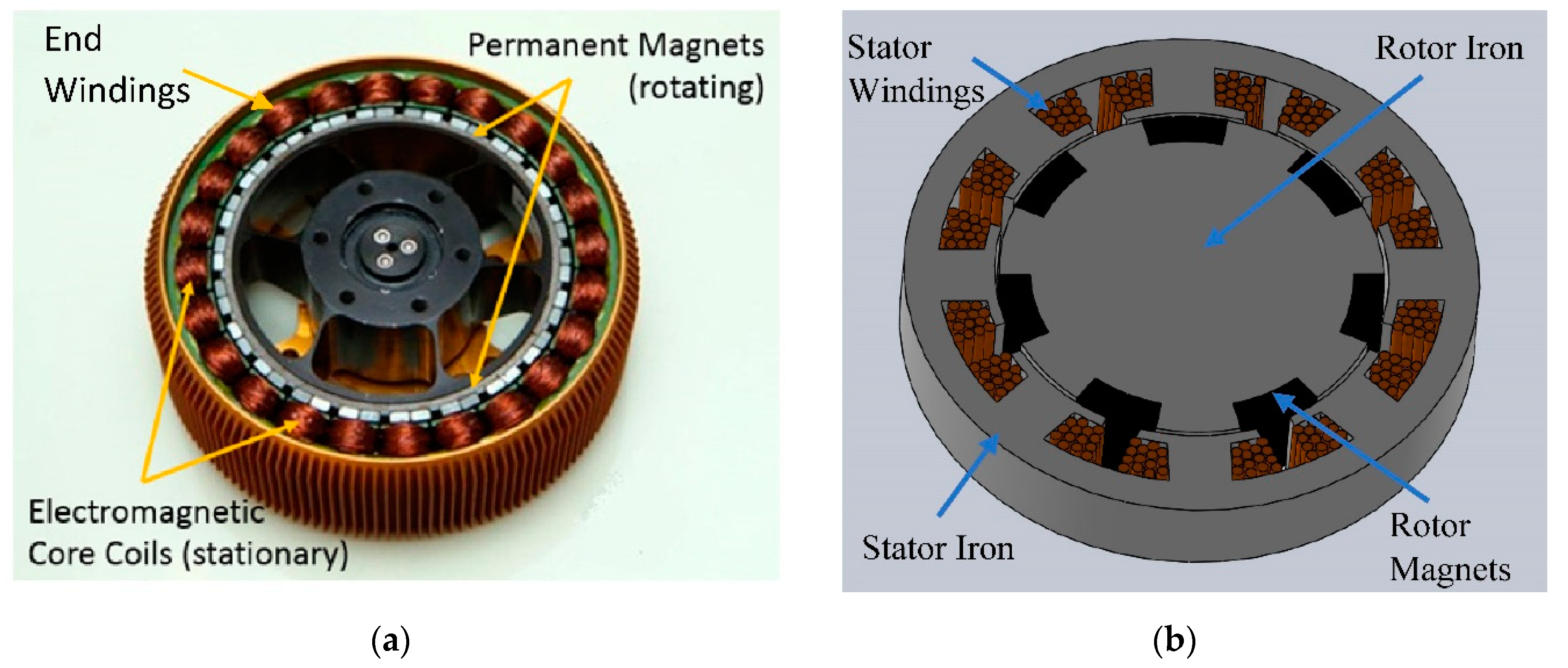
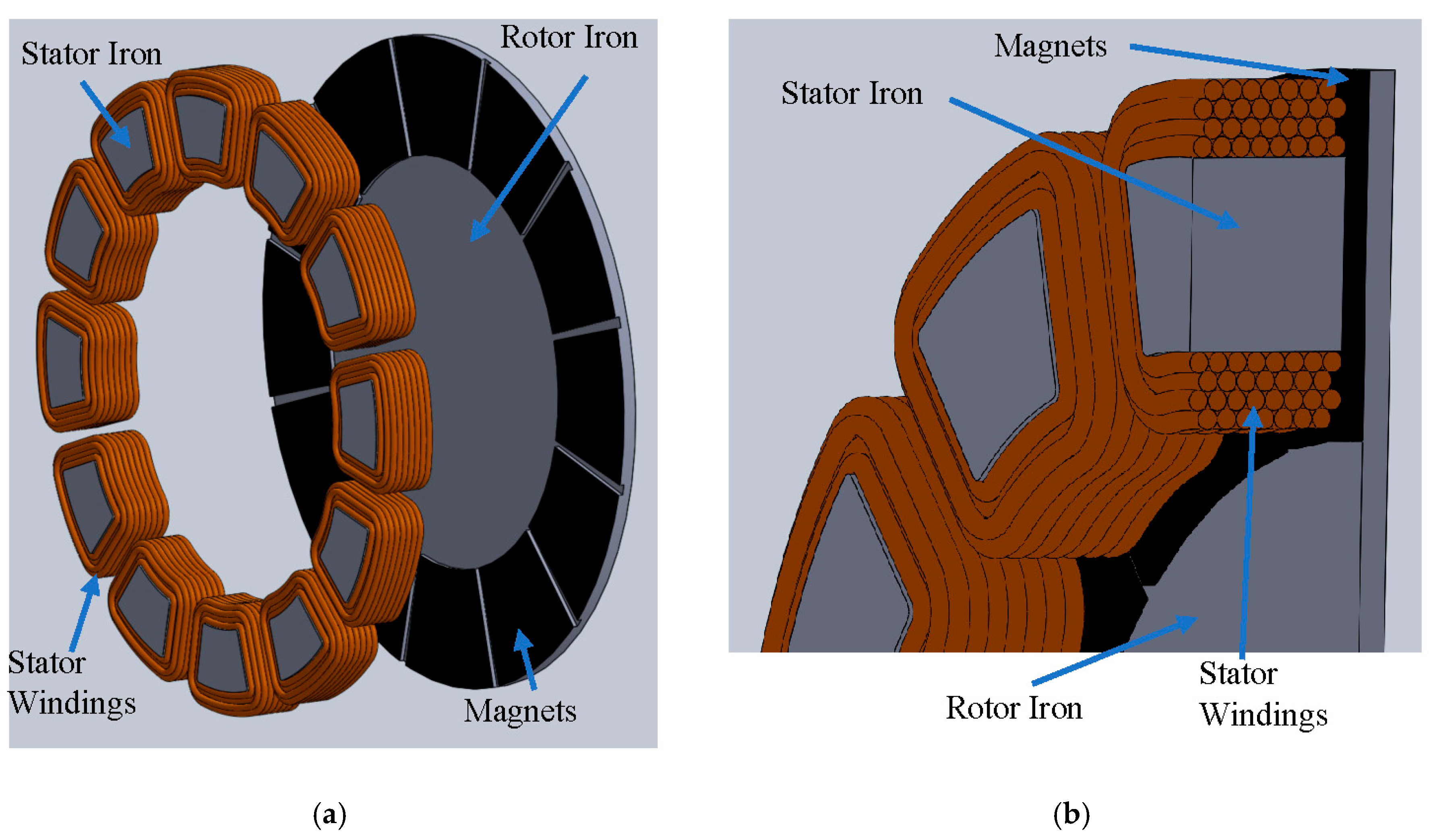

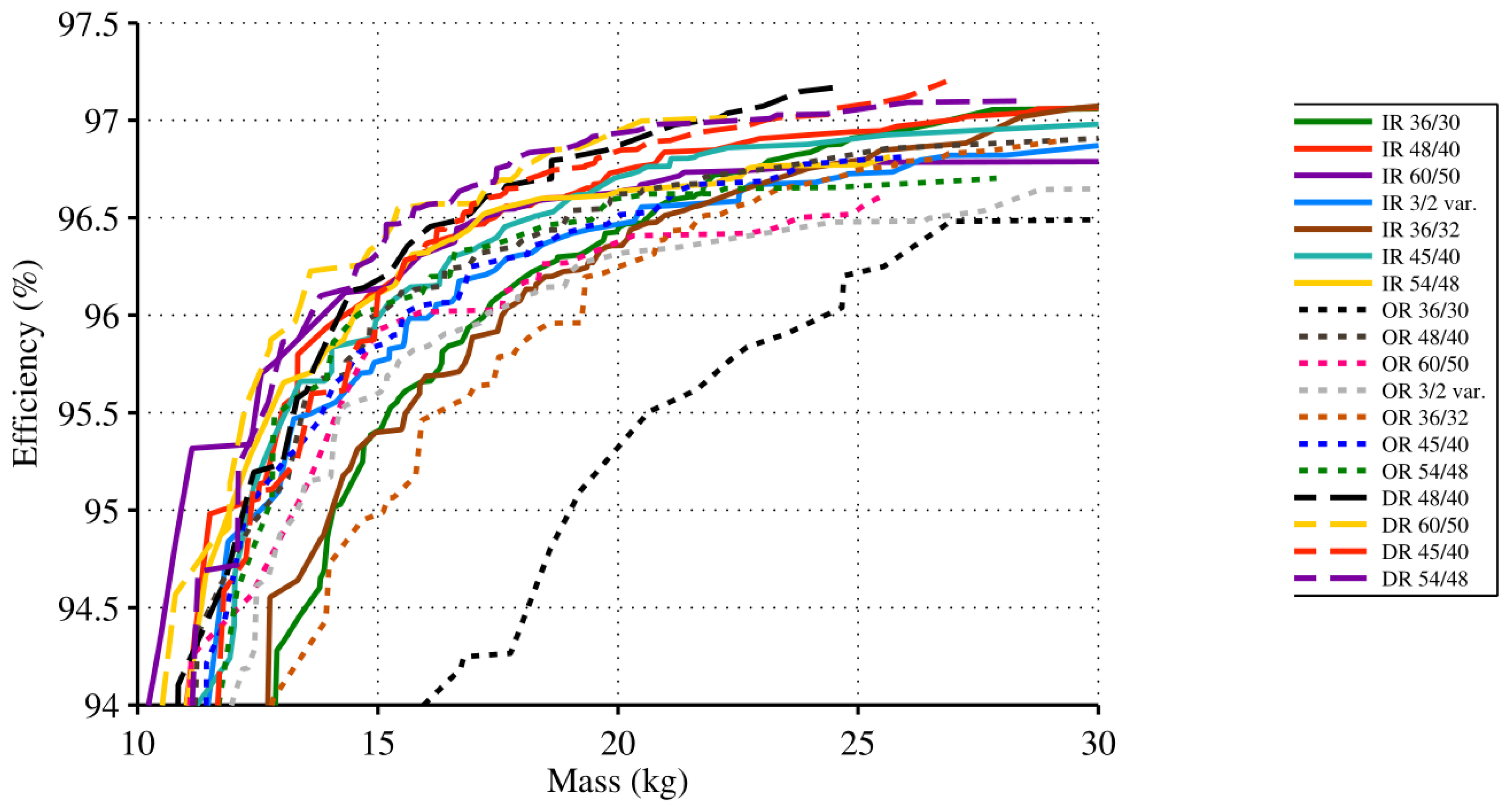
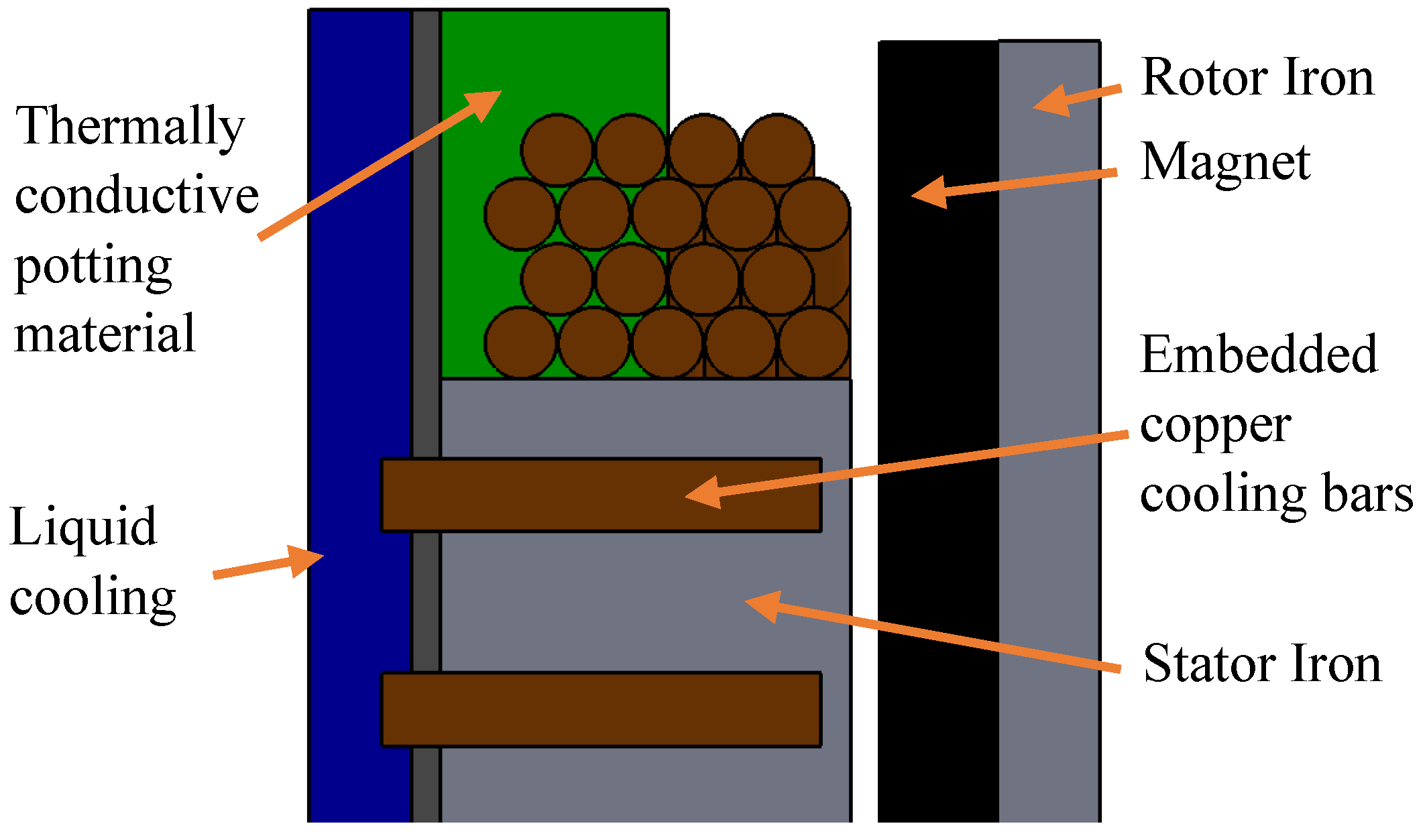
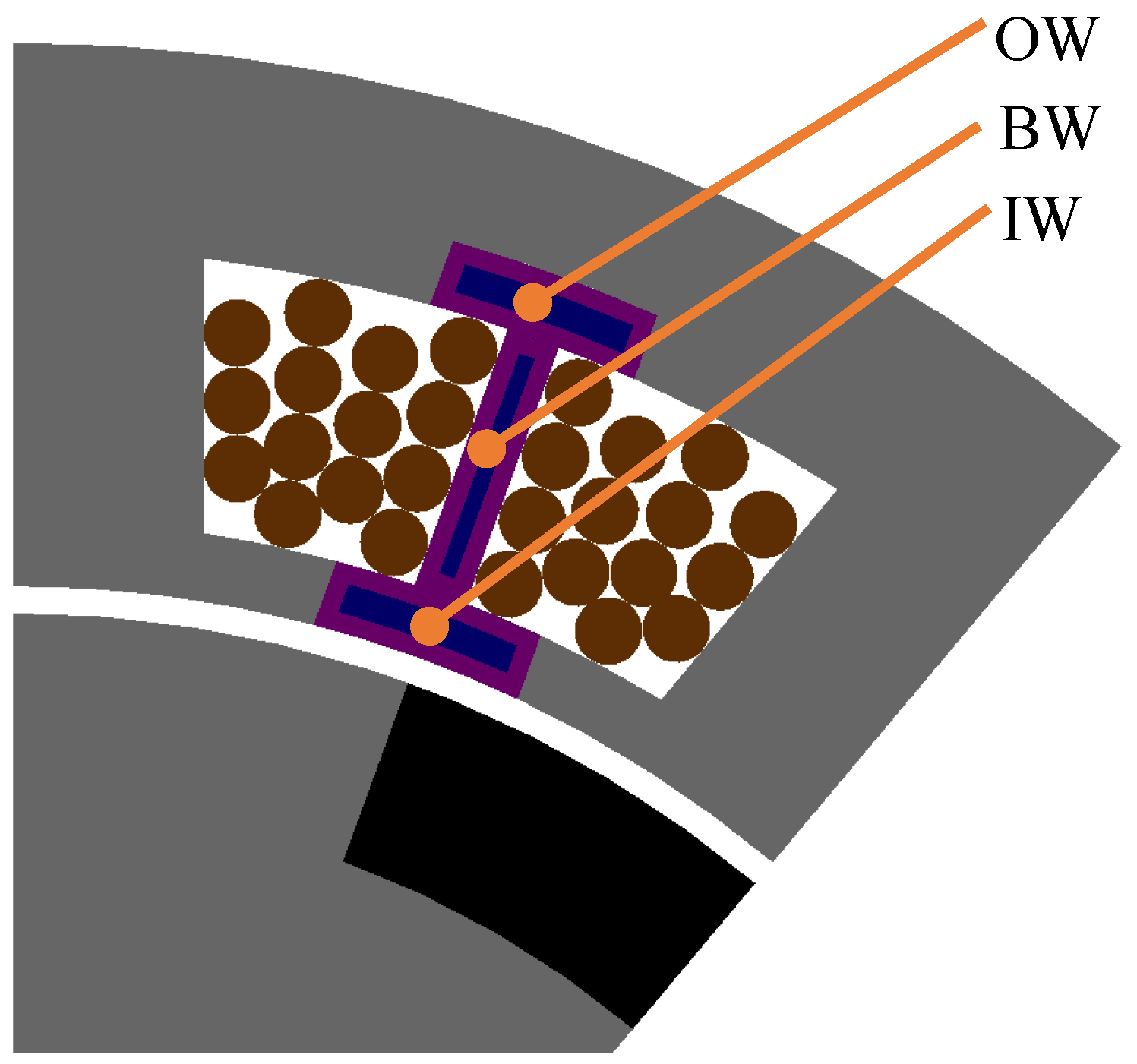
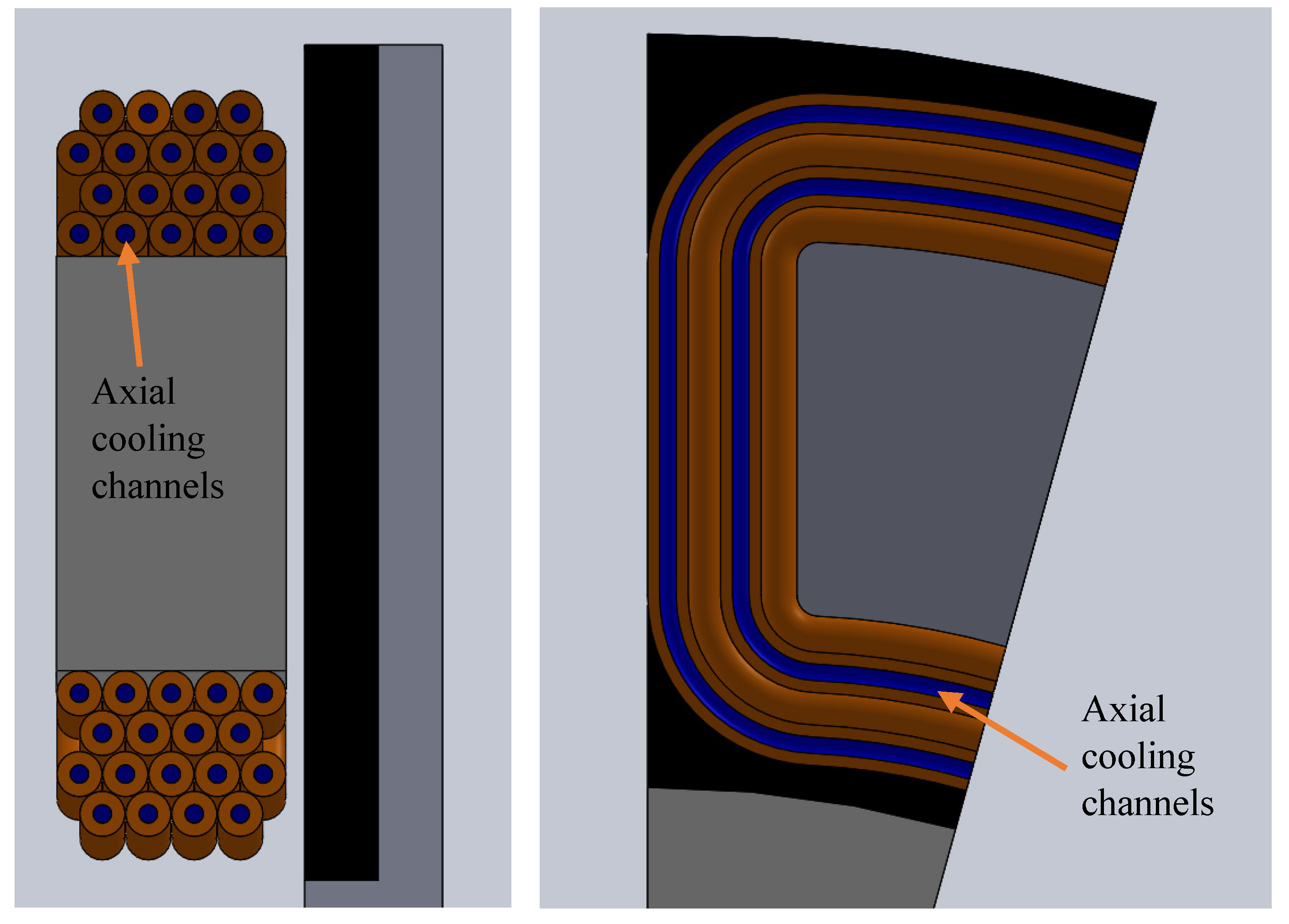
| Ref. | Cooling Approach | Fluid | Sub-Cooling (°C) | Peak Heat Flux (W/cm2) | Saturation Temperature (°C) | Peak Super-Heat (°C) | Superheat Reference temperatures | Flow Rate | Pressure Drop (kPa) |
|---|---|---|---|---|---|---|---|---|---|
| [61] | Array of impinging jets on copper pin-fins coated with microporous surface enhancement | HFE-7100 | 10 | 206 | 61 1 | 35 | Theater - Tsat | 30 mL/s | 10.9 |
| [62] | Array of impinging jets on copper pin-fins coated with microporous surface enhancement | R245fa | 5 | 218 | 45 | 22 | Theater - Tin | 10 g/s | 6.4 |
| [63] | Manifold microchannels in copper | HFE-7100 | - | 300 | 60 | 50 | Tsurface - Tsat | 4.2 mL/s | - |
| [64] | Parallel microchannels in copper with non-contacting, tapered manifold expanding in streamwise direction | Water | 10 | 506 | 100 1 | 26.2 | Twall - Tsat | 393 kg/m2s | - |
| [52] | Manifold microchannels in copper | R245fa | 8.5 | 1230 | 36 | 56 | Twall - Tsat,av | 1400 kg/m2s | 60 |
| Fluid | Saturation Temperature at Atmospheric Pressure (°C) | Saturation Pressure (kPa) | Specific Heat (kJ/kg-K) | Latent Heat of Vaporization 1 (kJ/kg) | Liquid Thermal Conductivity (W/m-K) | Liquid Density (kg/m3) | Vapor Density 1 (kg/m3) |
|---|---|---|---|---|---|---|---|
| FC-72 [69] | 56 | - | 1.1 | 88 | 0.057 | 1680 | 13 |
| HFE-7100 [69] | 60 | - | 1.18 | 112 | 0.069 | 1510 | 9.9 |
| R236fa [70] | - | 272 | 1.24 | 145 | 0.069 | 1360 | 18 |
| R245fa [70] | - | 148 | 1.32 | 190 | 0.081 | 1340 | 8.5 |
| R134a [70] | - | 666 | 1.43 | 178 | 0.083 | 1210 | 32 |
| ATF [65] | - | - | 1.95 | - | 0.16 | 870 | - |
| sCO2 2 [71] | - | - | 4.00 | 290 | 0.078 | 710 3 | |
| Water [70] | 100 | - | 4.18 | 2250 | 0.59 | 1000 | 0.6 |
© 2019 by the authors. Licensee MDPI, Basel, Switzerland. This article is an open access article distributed under the terms and conditions of the Creative Commons Attribution (CC BY) license (http://creativecommons.org/licenses/by/4.0/).
Share and Cite
Deisenroth, D.C.; Ohadi, M. Thermal Management of High-Power Density Electric Motors for Electrification of Aviation and Beyond. Energies 2019, 12, 3594. https://doi.org/10.3390/en12193594
Deisenroth DC, Ohadi M. Thermal Management of High-Power Density Electric Motors for Electrification of Aviation and Beyond. Energies. 2019; 12(19):3594. https://doi.org/10.3390/en12193594
Chicago/Turabian StyleDeisenroth, David C., and Michael Ohadi. 2019. "Thermal Management of High-Power Density Electric Motors for Electrification of Aviation and Beyond" Energies 12, no. 19: 3594. https://doi.org/10.3390/en12193594
APA StyleDeisenroth, D. C., & Ohadi, M. (2019). Thermal Management of High-Power Density Electric Motors for Electrification of Aviation and Beyond. Energies, 12(19), 3594. https://doi.org/10.3390/en12193594




